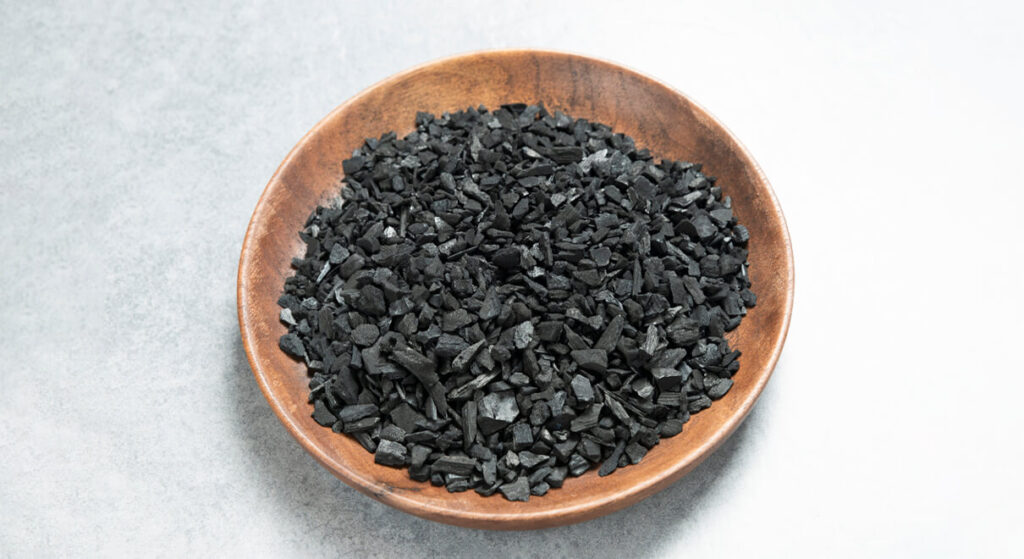What is the Raw Material of Activated Carbon?
Activated carbon is a versatile material widely used in many industries. It is generally used in areas such as water and air purification systems, chemical, pharmaceutical, food and beverage industries. What is the raw material of activated carbon? In this article, we will provide more detailed information about the raw material of activated carbon, that is, the materials used in its production.
Activated carbon is a highly adsorptive material and is generally produced by two methods: by pyrolysis of organic materials or by activating materials from petrochemical sources. The choice of raw materials has a significant impact on product quality and performance.

Production of Organic Materials by Pyrolysis
Activated carbon is produced through the pyrolysis of organic materials, usually from natural sources. Pyrolysis is the process of burning or thermal decomposition of materials in an oxygen-free environment at high temperature. During this process, some of the organic materials evaporate, leaving a solid carbon residue.
Organic materials used as raw materials for activated carbon include charcoal, coconut shells, nut shells, rice husks, molasses residues, sugarcane residues and other agricultural wastes . Activated carbon produced by the pyrolysis of organic materials is a stable and low-cost product with high adsorption capacity.
Production by Activation of Materials from Petrochemical Resources
Another material used as the raw material of activated carbon is the materials obtained from petrochemical sources. Resources such as petroleum, coal or gas derivatives can be used to produce activated carbon by chemical treatment.
In this method, petrochemical resources are first treated with a chemical reagent and then activated at high temperature. Chemical activation is preferred to produce activated carbon with high adsorption capacity. Physical activation is carried out by activating the materials at high temperature.
Raw Material of Activated Carbon
The raw material of activated carbon has a great influence on the quality and performance of the product. Production by pyrolysis of organic materials can generally provide a low-cost and stable product, while activation of materials from petrochemical sources can produce products with high adsorption capacity.
Which raw material is chosen depends on factors such as the product’s area of use, purposes and cost. However, high quality and effective activated carbon products can be obtained if the right raw material selection and appropriate production methods are used.
Activated carbon is an important material used in many areas such as reducing environmental pollution, purifying water, improving air quality and purifying gases used in industrial processes . Raw material selection and production methods are important factors that determine the quality, adsorption capacity and performance of the product. Pyrolysis of organic materials and activation of materials from petrochemical sources are the most widely used methods for the production of activated carbon.
High quality and effective activated carbon products can be obtained when the right raw material selection and appropriate production methods are used. In addition, the energy consumption and environmental effects of the processes in activated carbon production should also be considered and sustainable production methods should be investigated. In conclusion, activated carbon production is an important area that requires further research and development to increase environmental sustainability.

